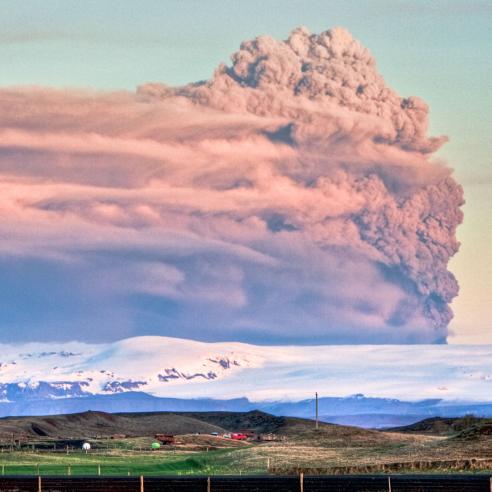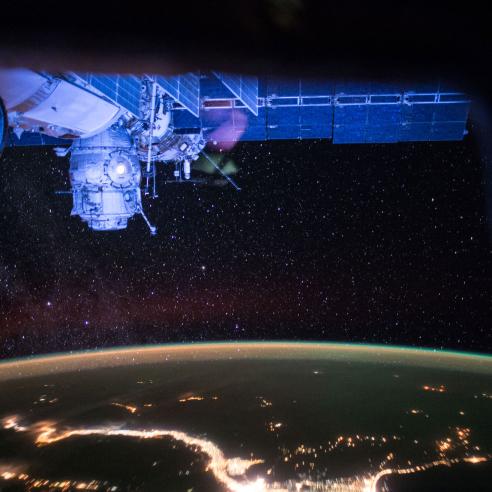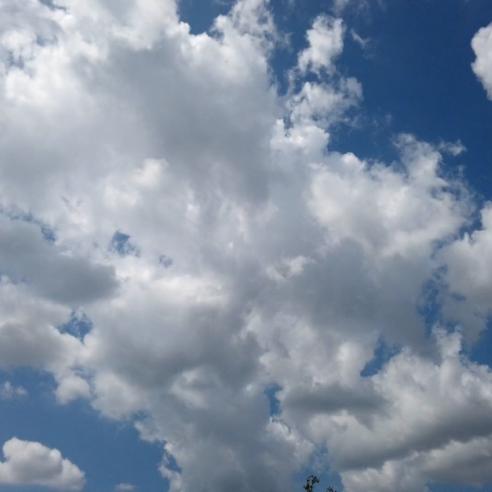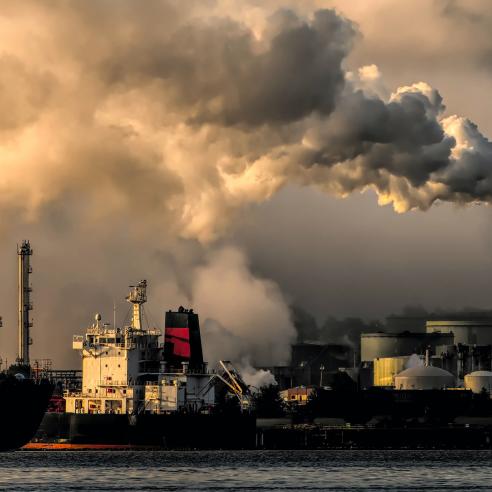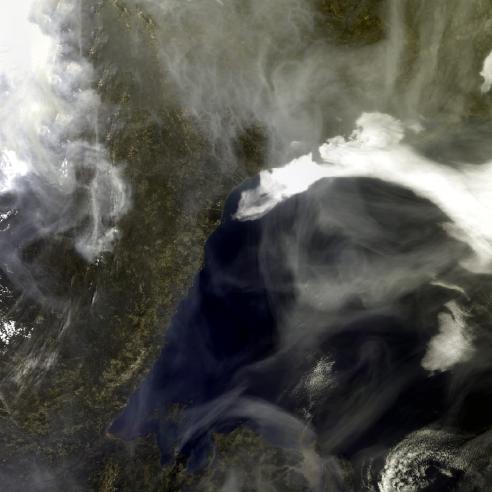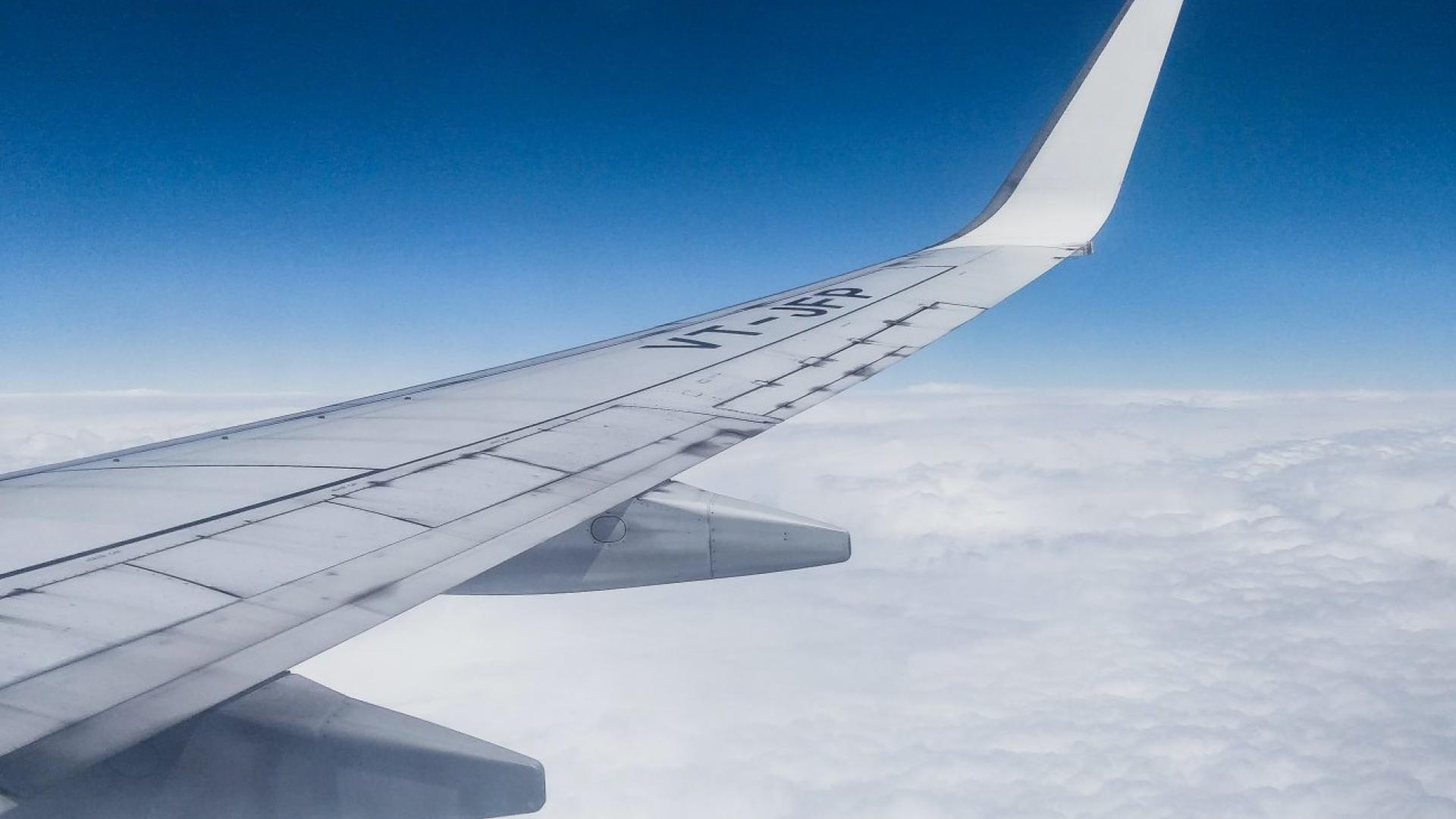
Keeping an eye on air turbulence from space
For many travellers, air turbulence is often a cause of much concern and in some cases, fear.

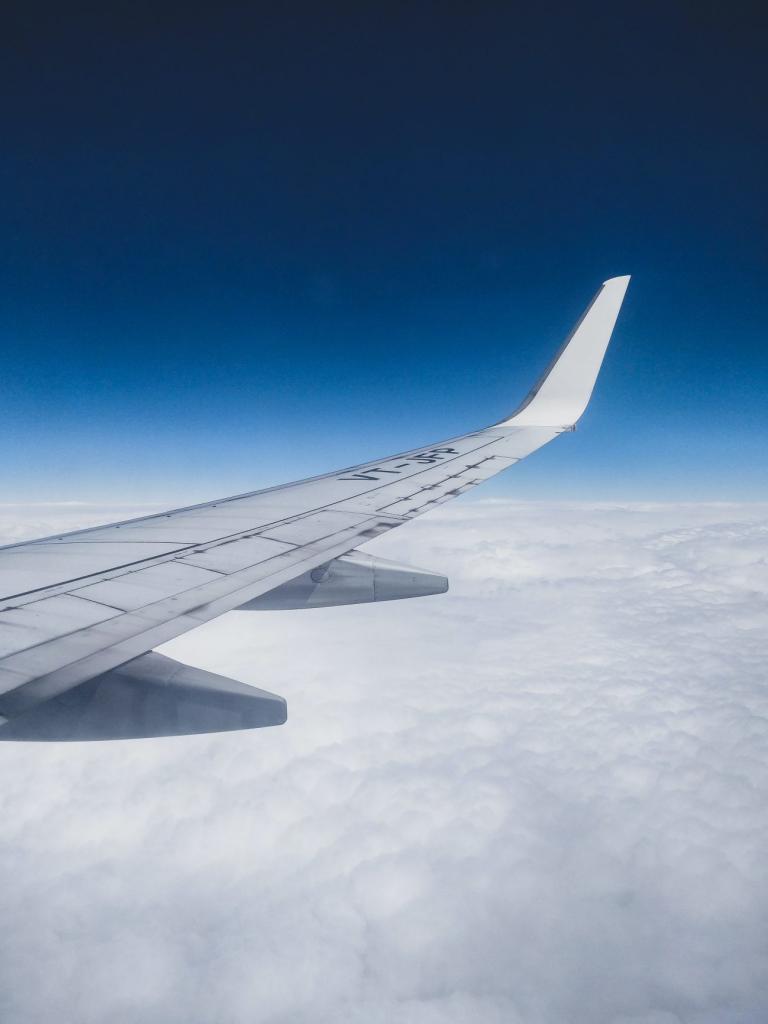
Occurring due to a variety of natural factors, air turbulence can sometimes give rise to anxiety, more so because of its seemingly unpredictable nature.
27 January 2021
26 August 2020
Turbulent or rough air is most commonly defined as chaotic currents of air that are disturbed by some outside force.
Air turbulence is an occurrence that takes place everywhere, even at ground level and above the normal cruising altitude.
However, while air turbulence is harmless in most cases, because it is a source of worry for many people on flights, pilots try to avoid it as much as possible.
Forecasting turbulence
With forecasting being an integral part of the aviation environment, the EUMETSAT Nowcasting and Very Short Range Forecasting (NWC) Satellite Application Facility (SAF) has been developing several products related to turbulence.
Lothar Schüller, the EUMETSAT SAF Network Manager, highlights the potential of turbulence-related information derived from satellites: “The Nowcasting SAF team intensified the development of methods to use the sensors in space to observe the conditions which are not directly visible by a human eye but yet can have a strong impact when flying through the air.
Airlines, pilots and traffic control are eager to know what to expect along the planned flight routes and our weather satellites are supporting them, monitoring the atmosphere every time and everywhere.”
The NWC SAF was established in 1996 between EUMETSAT and the former Instituto Nacional de Meteorología (Spanish National Weather Service, Agencia Estatal de Meteorología (AEMET) after 2008).
Under the leadership of the AEMET, the NWC SAF is developed by a project team involving the meteorological services of France (Météo-France), Sweden (Sveriges meteorologiska och hydrologiska institut (SMHI)), Austria (Zentralanstalt für Meteorologie und Geodynamik (ZAMG)) and Romania (MeteoRomania).
Two relevant turbulence-related products, developed by the Austrian team from ZAMG, are already operational; with more in the pipeline.
These products are geared towards identifying atmospheric features that could trigger turbulence, such as “tropopause foldings” or “gravity waves”. Thus, they do not detect the actual turbulence itself, but the possibility of the occurrence of turbulence. This means that you can even check this before embarking on your next flight!

How can you detect potential turbulence from space?
Detecting possible areas of turbulence relies on satellite images and software packages developed by the NWC SAF to help forecasters interpret these images.
Computers are fed with satellite data and the NWC SAF software then analyses them systematically, not only creating maps of weather-related parameters like rain, cloudiness, humidity, winds and stability, but also identifying meteorologically relevant situations. (The latter is called Automatic Satellite Image Interpretation (ASII).)
The developers from the Austrian team at ZAMG are experts in combining the right satellite information with data from numerical weather forecast models in the right way, which in turn leads to the software producing reliable results that indicate where turbulence may be experienced.
Causes of chaotic air
Certain atmospheric situations are associated with potentially unstable air structures that may make the air move in a chaotic way, thus creating turbulence. One of these situations is when a tropopause folds.
The tropopause is the borderline between the troposphere (the lower part of the atmosphere) and the stratosphere above.
The air movement in these two layers is usually decoupled (independent), but occasionally, this separation breaks up and the borderline (tropopause) folds, leading to situations where the stratospheric air (usually dry and cold) that used to be above the troposphere, now moves below it.
Following this, the reestablishment of a more stable situation involves movement of air that is sometimes chaotic or turbulent.
Another cause of chaotic air is gravity waves. Although not visible to the human eye, the atmosphere has waves too. As in the ocean, the gravity of the mass is the driving force for the waves.
Such gravity waves may be indirectly visible through typical, regular cloud formations (like the ripples on water waves), but they can be directly observed by the EUMETSAT Meteosat satellites, which are sensitive to atmospheric humidity. Gravity waves are also connected to the possibility of turbulent air motion in the higher atmosphere.
The software modules of the NWC SAF related to turbulence provide as output the probability of occurrence, both of the tropopause folding (ASII-TF) and the gravity waves (ASII-GW).
Detecting the affected regions can prove to be quite a tedious process, which is where these products play a primary part. Both the ASII-TF and ASII-GW give meteorologists a swift and comprehensive overview of the concerned areas.
Other causes of turbulence
Tropopause folds and gravity waves are only two of several causes of the occurrence of in-flight turbulence. Meteorologists are required to monitor other sources of turbulence too.
As a result, it is important to note that the presence of gravity waves or tropopause folds is not tantamount to the presence of turbulence. Thus, these NWC SAF products are not turbulence detectors but they can indicate area where turbulence might be experienced.
The NWC SAF is currently working on software packages that will exploit the improved observational capabilities of the next generation of Meteosat Third Generation (MTG) satellites.
This will not only include improved versions of the current algorithms, but also take advantage of the new types of sensors available in the geostationary orbit, like the Lightning Imager (important for the Nowcasting of severe weather) and Infrared Sounder (IRS), which captures the changes in the atmosphere with changing altitudes.
The first version of these new software packages will be delivered at the end of the MTG commissioning phase, and updated and extended versions will follow.
So next time you are waiting to board a flight and are wondering if you are likely to experience any turbulence, it might be worth having a look at the NWC SAF products to see if there are any gravity waves or tropopause foldings on the route.
Published on 26 September 2020

